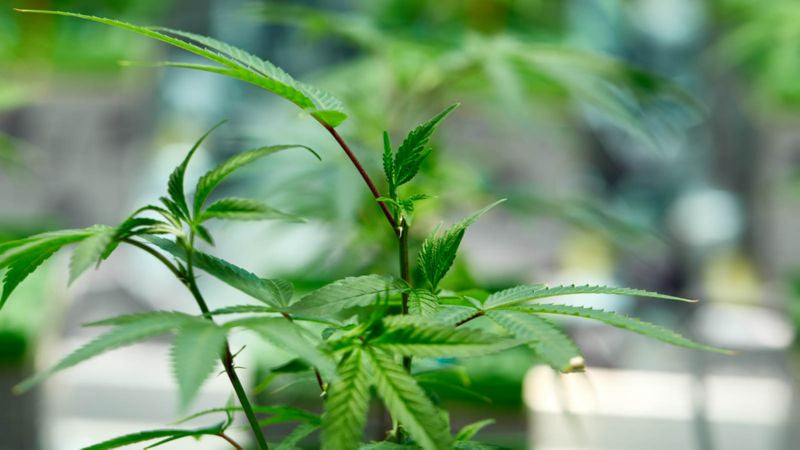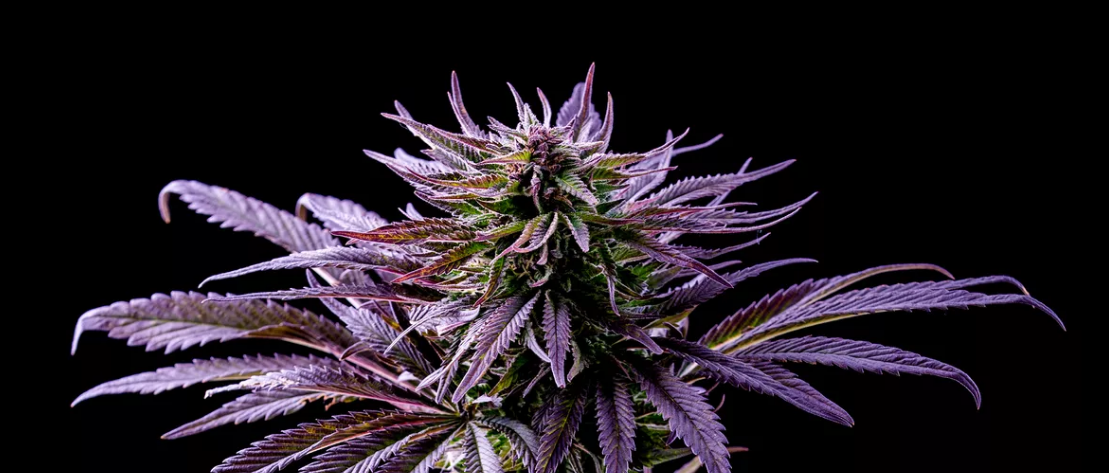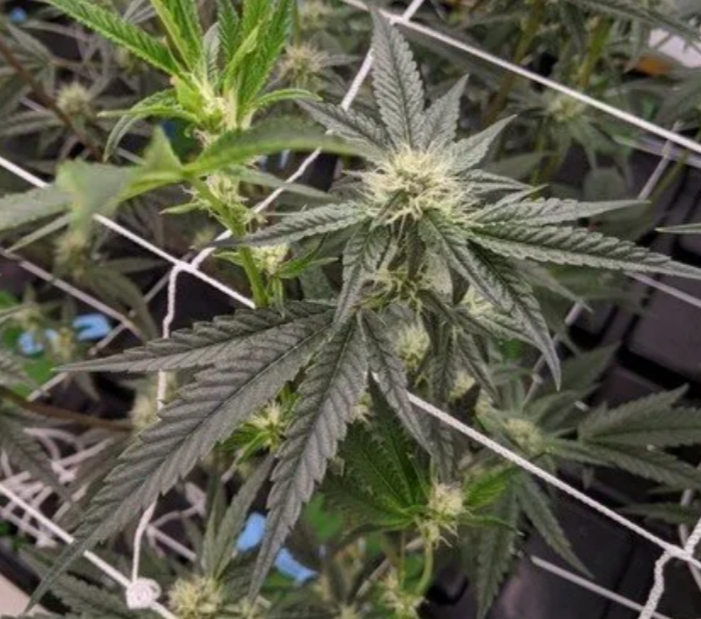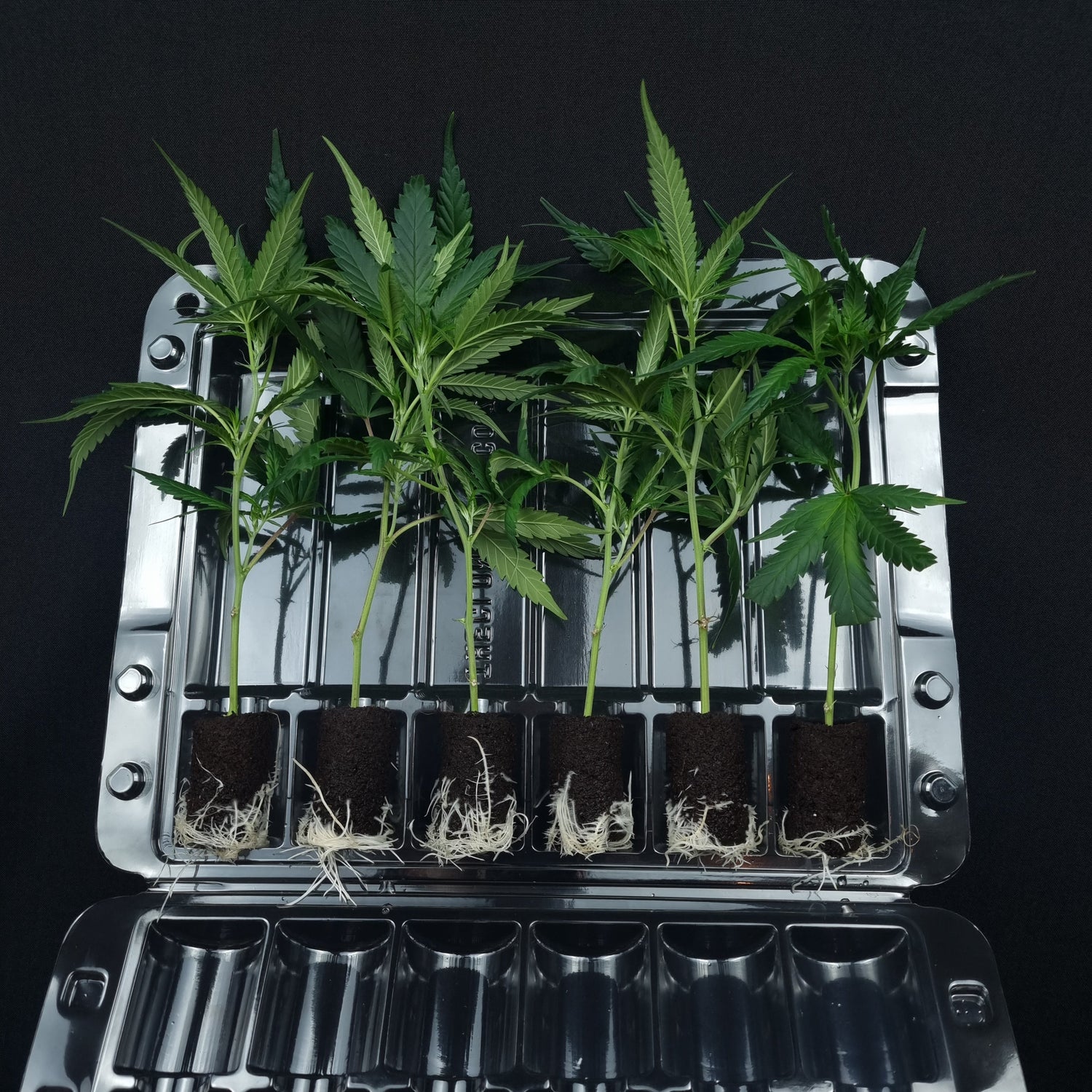Cloning cannabis plants is a common practice among growers who want to reproduce specific genetic traits and characteristics from one plant to another. This technique allows growers to create identical copies of their favorite strains, which can produce consistent and predictable results.
But how many times can a cannabis plant be cloned before its genetics start to deteriorate? In this blog, we will explore the longevity of cloned cannabis plants and the factors that impact their overall health and productivity.
The Basics of Cannabis Cloning
Before we delve into the topic of cloning longevity, let's review the basics of cannabis cloning. Cloning is the process of taking a cutting from a cannabis plant and rooting it in a growing medium to create a new, genetically identical plant. This is done by taking a cutting from the mother plant's vegetative growth stage, where the stem is young and supple, and rooting it in a growing medium such as soil, rock wool, or hydroponic media.
Once the cutting has developed roots and has started to grow, it can be transplanted into a larger container or planted directly into the ground. Cloning is an effective way to reproduce specific traits, such as potency, flavor, and aroma, that are desirable in a cannabis strain.
The Longevity of Cloned Cannabis Plants
So, how many times can a cannabis plant be cloned? In theory, a cannabis plant can be cloned indefinitely, but there are several factors that can impact the plant's overall health and productivity over time.
One of the main factors that impact a plant's cloning longevity is the age and health of the mother plant. It is generally recommended that growers only take cuttings from healthy, robust plants that are in their vegetative stage, as this is when the stem is young and supple, making it easier to take a successful cutting.
As the plant ages and enters its flowering stage, the stem becomes harder and more lignified, which can make it more difficult to take a successful cutting. Additionally, as the plant ages, there is a higher risk of disease, nutrient deficiencies, and other issues that can impact the overall health and productivity of the plant and its clones.
Another factor that impacts a plant's cloning longevity is the quality of the cutting taken. To ensure a successful clone, the cutting should have at least two nodes and be at least four inches in length. Additionally, the cutting should be taken from a healthy branch that has not yet started to flower.
Genetic Drift and Cloning Longevity
Perhaps the most significant factor that impacts the longevity of cloned cannabis plants is genetic drift. Each time a plant is cloned, there is a small amount of genetic drift, which can result in a reduction in overall plant health and yield over time.
To maintain the health and vigor of the plant, it is recommended that growers only clone a plant for a few generations before starting with a new mother plant. This will help to ensure that the clones maintain their potency and productivity over time.
Monitoring Cloned Cannabis Plants
To ensure the health and productivity of cloned cannabis plants, growers should monitor each generation carefully. This includes looking for signs of disease, nutrient deficiencies, and other issues that can impact the overall quality of the crop.
Additionally, growers should pay attention to the overall health and vigor of each generation of clones, as this can be an indication of genetic drift and other issues that may impact the plant's overall longevity.
In conclusion, cannabis plants can be cloned for several generations, but the number of times a plant can be successfully cloned depends on various factors such as the age and health of the plant, the quality of the cutting taken, and the impact of genetic drift.
To maintain the health and vigor of cloned cannabis plants, it is recommended that growers only clone a plant for a few generations before starting with a new mother plant.





